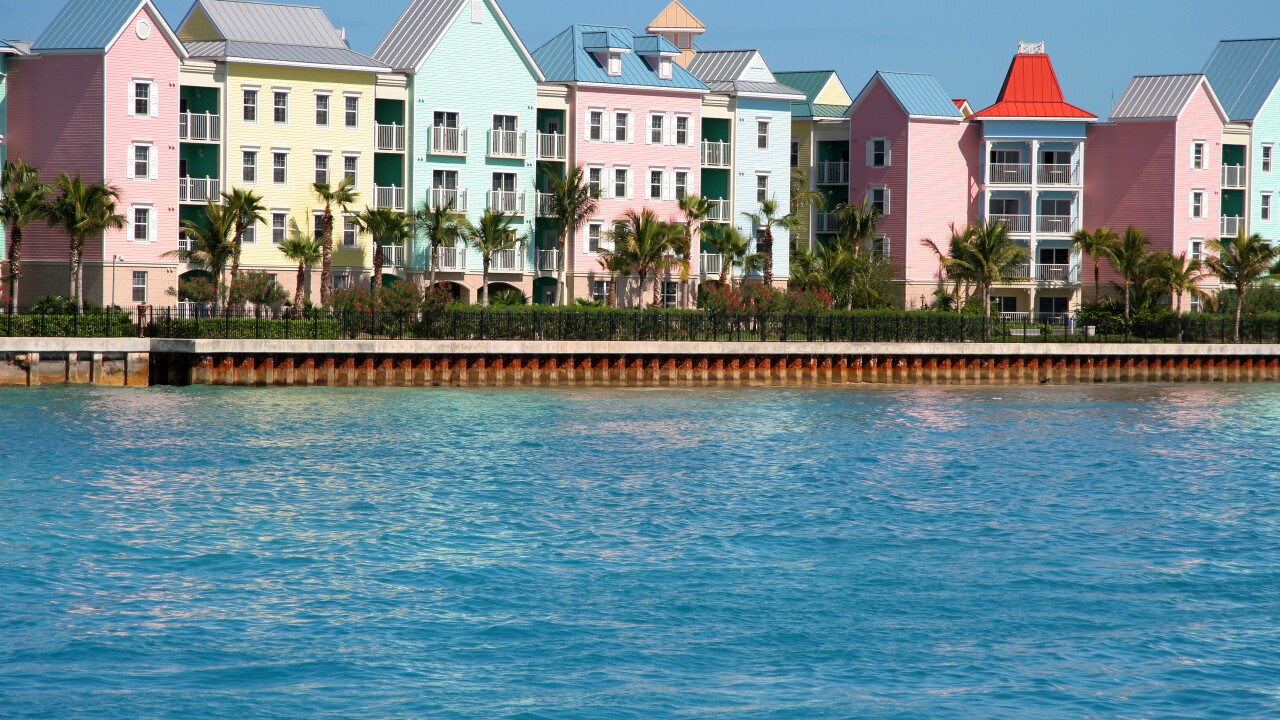Bank of the West's fifth prime-auto loan securitization since 2014 is potentially its weakest in terms of underlying collateral quality, according to Fitch Ratings.
According to a presale report from the ratings agency Wednesday, the California bank's proposed $764.08 million Bank of the West Auto Trust (BWSTA) 2019-1 transaction features a rising level of riskier extended-term loans and greater exposure to weaker-credit borrowers with FICOs under 700.
Expected losses are also climbing, compared to the bank's previous auto-loan ABS deals.
The trust will market seven classes of senior and subordinate note tranches, according to Fitch. Three senior term tranches have preliminary AAA ratings: a $270 million Class A-2 tranche due October 2022; a $220 million Class A-3 notes offering maturing in April 2024; and a $67.7 million Class A-4 tranche due October 2024.
A money-market tranche sized at $139.5 million is included in the capital stack, with an expected F1+ short-term rating from Fitch.
All of the senior notes benefit from 9.7% credit enhancement.
Fitch says the credit profile of the deal is weaker due to rising levels of loan-to-value ratios, extended term loans and exposure to more near-prime borrowers. Although the weighted average (WA) FICO is well into prime territory at 736, that includes a 33.2% exposure to borrowers with a near-prime FICO range of 650-699. The range in the BWSTA 2017 and 2018 securitizations sponsored by the bank was 24%-25%.
The WA loan-to-value ratio of 108.5% and original terms of 77.8 months, two metrics that are also higher than the bank's two previous deals. The share of extended term loans over 60 months is 96%.

Based on those attributes, as well as an examination of Bank of the West's historical loss data in its managed portfolio, Fitch has attached a base loss proxy of 2.4% to the transaction. Fitch looked at static pool data from 2007-2011 and 2014-2015 to determine annual cumulative net losses in the bank’s managed auto-loan portfolio.
Fitch has not previously rated a Bank of the West auto-loan securitization, but the loss proxy exceeds the expected cumulative loss projections that were assigned to the bank's previous transactions by Moody's Investors Service and S&P Global Ratings.
Cumulative losses in the bank's two most recent deals have outpaced the deals from 2014 and 2015. According to Fitch, the 2014 and 2015 ABS issues (which have each been fully paid down) had loss levels of 0.38% and 0.54%, compared to loss levels of 1.1% so far for BWSTA 2017-1 and 0.33% for BWSTA 2018-1.
“Losses on BOTW’s portfolio and recent 2017−2018 securitizations have risen driven by weaker credit quality,” Fitch’s presale report stated.
The worsening loss expectations have also been underscored through rising CNL projections by Moody's, which at press time had not issued any ratings for the current transaction. Moody's had a 0.65% projection for the Bank of the West trust's 2015-1 series, but published estimates of 1.25% for BWSTA 2017-1 and 1.75% in last year's deal.
In May, despite upward loss projections, Moody’s upgraded four classes of subordinate notes totaling $41 million in the 2017-1 and 2018-1 transactions, due to the buildup of credit enhancement levels.
As a result of the comparative higher risks in the deal, as well as a rising interest rate environment, buyers are paying a higher average APR of 6.2%, well above the average rate of 4.9% in BOTW’s 2018-1 transaction – bringing another potentially higher default risk attribute to the deal.





